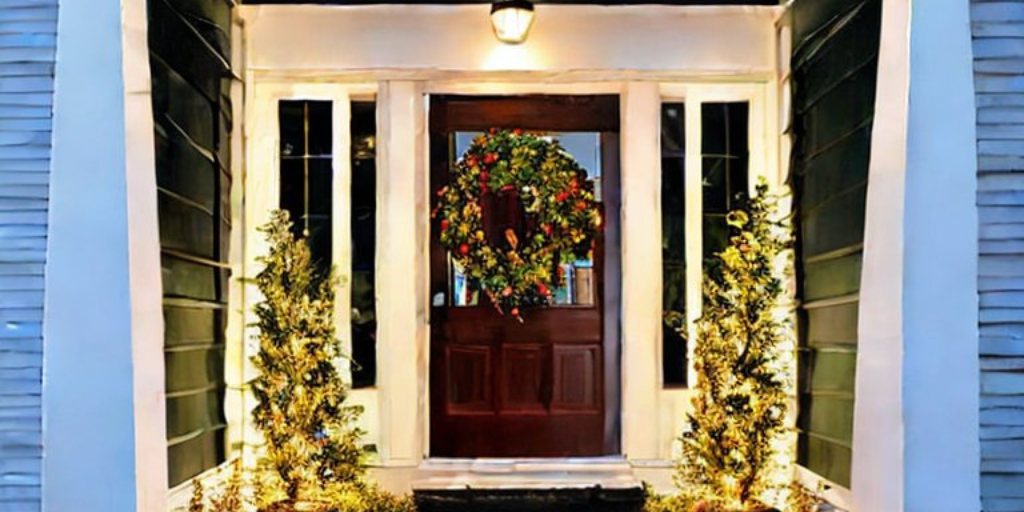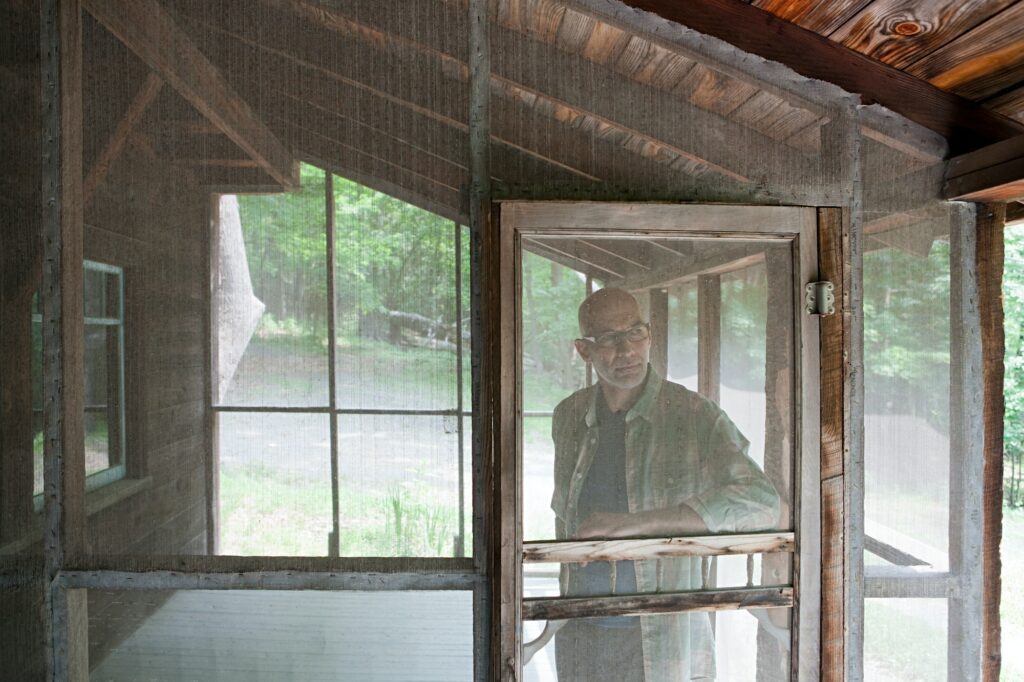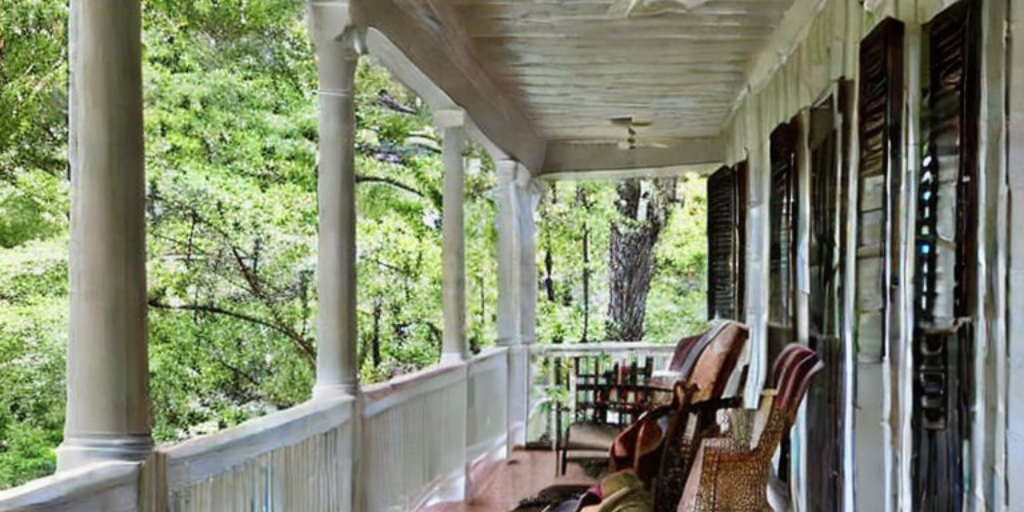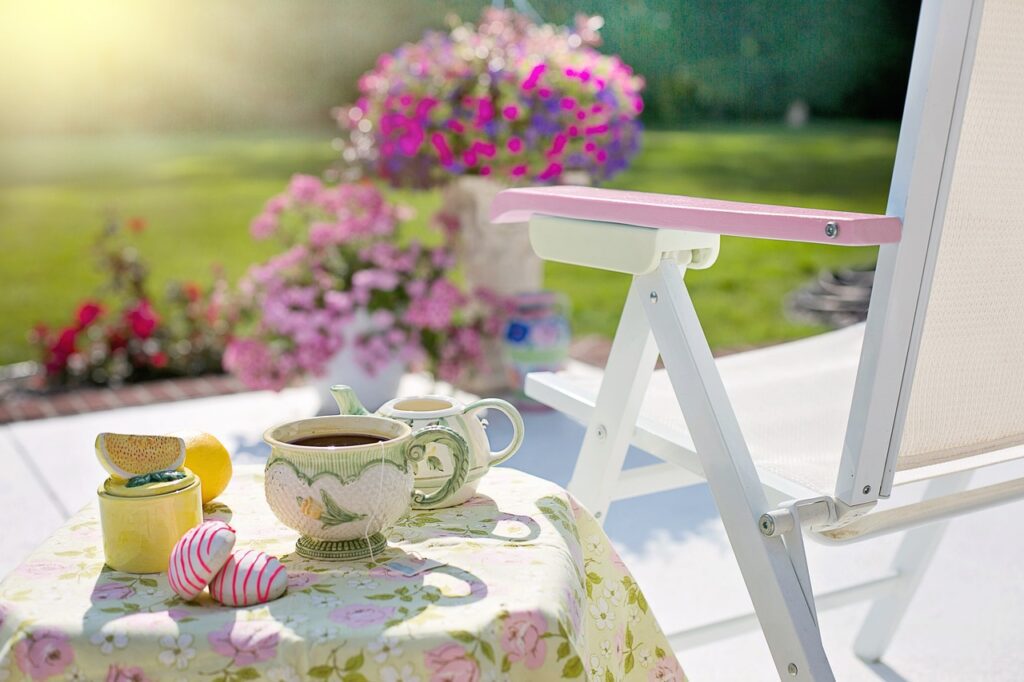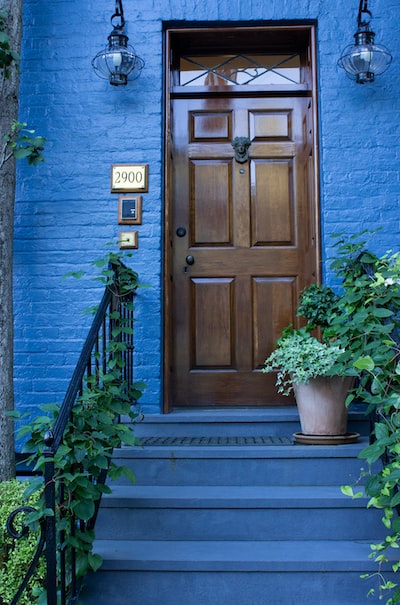Do you need to cover patio furniture in winter? Here is the ultimate guide to winter patio care! Find out if covering your patio furniture during the winter season is necessary for its longevity and beauty. Read on to explore expert tips and insights.
Winter brings chilly winds, freezing temperatures, and occasional snowfall, creating a picturesque landscape. As the season approaches, many homeowners wonder, “Do you need to cover patio furniture in winter?”
Well, the answer isn’t as simple as a one-size-fits-all solution. In this comprehensive guide, we will delve into the pros and cons of covering your patio furniture during the winter months. By the end, you’ll have a clear understanding of the best approach to protect your outdoor investment.
Do you need to cover patio furniture in winter?
Contents
- 1 Do you need to cover patio furniture in winter?
- 2 The benefits of covering patio furniture in winter
- 3 The drawbacks of covering patio furniture in winter
- 4 FAQs about covering patio furniture in winter
- 4.1 Q1: What type of cover is best for patio furniture in winter?
- 4.2 Q2: Should I cover all types of patio furniture in winter?
- 4.3 Q3: How do I ensure proper ventilation when covering patio furniture?
- 4.4 Q4: Can I use regular plastic sheets or tarps to cover my patio furniture?
- 4.5 Q5: Should I remove cushions and pillows before covering my patio furniture?
- 4.6 Q6: How frequently should I check on my covered patio furniture during winter?
- 5 Final remarks on do you need to cover patio furniture in winter
Ah, the age-old question: Do you need to cover patio furniture in winter? Well, the answer isn’t as simple as a straightforward “yes” or “no.” It depends on various factors such as the type of furniture, the climate you live in, and your personal preferences. Let’s dive deeper into this topic to help you make an informed decision.
The benefits of covering patio furniture in winter
Winter weather can take a toll on your patio furniture, potentially causing damage that may shorten its lifespan. Here are some key reasons why covering your patio furniture during winter can be beneficial:
Shielding from Snow and Ice
-
- Snow and ice can accumulate on the surfaces of your patio furniture, leading to moisture damage, discoloration, and even cracking.
- A protective cover acts as a barrier, preventing direct contact between the furniture and these harsh elements.
-
-
- Winter often brings increased humidity and precipitation, which can seep into unprotected furniture, causing mold, mildew, and rust.
- A cover keeps your patio furniture dry, reducing the chances of moisture-related problems.
-
Preventing Fading and Discoloration
-
-
- Winter sunlight, though not as intense as summer, can still cause fading and discoloration of outdoor furniture fabrics and materials.
- A cover blocks UV rays, preserving the vibrant colors and aesthetic appeal of your patio furniture.
-
Reducing Cleaning Efforts
-
- By covering your patio furniture, you can minimize the accumulation of debris, leaves, and bird droppings during the winter season.
- This saves you time and effort in cleaning and maintaining your furniture once spring arrives.
The drawbacks of covering patio furniture in winter
While covering patio furniture during winter offers numerous benefits, it’s essential to consider the potential drawbacks as well:
Trapped Moisture
-
- If not properly ventilated, covering your patio furniture may trap moisture, leading to condensation and mildew growth.
- To mitigate this, choose covers made of breathable materials or ensure sufficient airflow around the furniture.
Prolonged Moisture Exposure
-
-
- In some climates, covering patio furniture can trap moisture rather than protect it, especially if the covers are not waterproof.
- This can cause more harm than good, as the furniture remains in prolonged contact with moisture, increasing the risk of damage.
-
Limited Aesthetics
-
- Covering your patio furniture may hide its beauty and design, preventing you from enjoying the visual appeal during winter months.
- Consider transparent or aesthetically pleasing covers that allow you to still appreciate your furniture while protecting it.
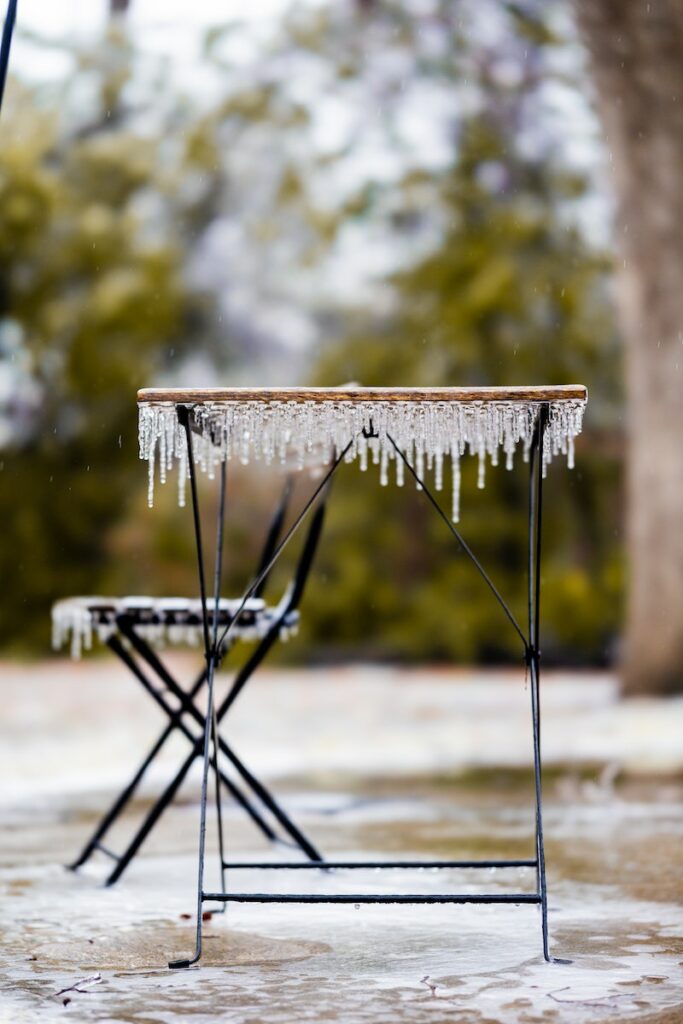

FAQs about covering patio furniture in winter
Q1: What type of cover is best for patio furniture in winter?
A1: Opt for covers specifically designed for outdoor furniture, made from durable, waterproof, and breathable materials like polyester or vinyl.
Q2: Should I cover all types of patio furniture in winter?
A2: It depends on the materials used. While wooden and wicker furniture benefit from covering, certain materials like teak and aluminum can withstand winter conditions without covers.
Q3: How do I ensure proper ventilation when covering patio furniture?
A3: Consider using covers with built-in vents or create airflow by loosely securing the covers or using supports to elevate them slightly, allowing air to circulate and prevent moisture buildup.
Q4: Can I use regular plastic sheets or tarps to cover my patio furniture?
A4: It’s best to avoid using regular plastic sheets or tarps as they may not provide proper ventilation and can trap moisture. Invest in high-quality, specifically designed patio furniture covers for optimal protection.
Q5: Should I remove cushions and pillows before covering my patio furniture?
A5: Yes, it is recommended to remove cushions and pillows and store them indoors during the winter season. This helps to prevent moisture absorption and maintain their quality.
Q6: How frequently should I check on my covered patio furniture during winter?
A6: It’s a good practice to periodically check on your covered patio furniture to ensure proper ventilation, address any moisture buildup, and make adjustments if needed.
Final remarks on do you need to cover patio furniture in winter
So, do you need to cover patio furniture in winter? While covering your patio furniture can provide protection against snow, ice, moisture, and fading, it’s essential to consider the specific climate and materials of your furniture. Opt for high-quality, breathable covers that fit properly and allow for proper ventilation.
Remember to remove cushions and pillows, and periodically check on your covered furniture during the winter months to ensure optimal protection. Ultimately, the decision to cover or not depends on your specific circumstances and preferences.

